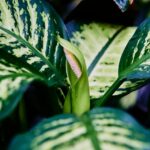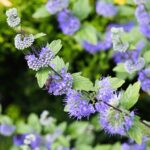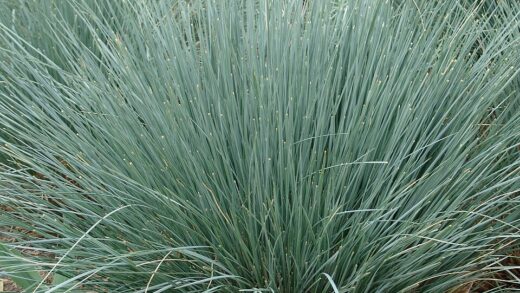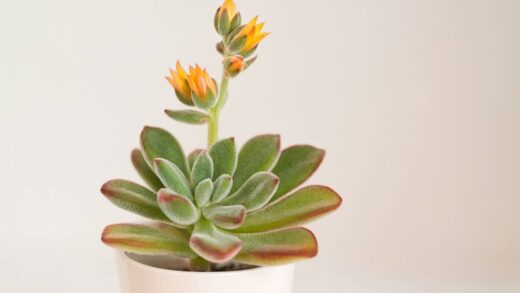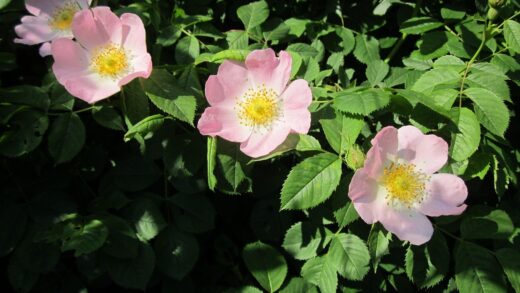The beautiful bleeding heart is a quintessential shade-loving perennial, and providing the correct light conditions is paramount to its success in the garden. Its natural habitat is the dappled light of woodland floors, and replicating this environment is the key to achieving lush foliage and a profusion of its unique, heart-shaped blossoms. The ideal light exposure for this plant is partial shade, which is generally defined as an area that receives between three to six hours of direct sun per day. Crucially, this sun exposure should be the gentle, less intense morning sun, with the plant being shielded from the harsh, direct afternoon sun.
An eastern-facing garden bed is often a perfect location, as it receives several hours of direct morning sunlight but is then cast into shade for the remainder of the day. A location on the north side of a structure can also be suitable, though it may offer full shade with little to no direct sun. While the plant can tolerate full shade, its flowering may be less prolific in very deep, dark shade. The dappled sunlight found beneath the canopy of high-branched deciduous trees is another excellent scenario, as the leaves of the trees act as a natural filter, preventing the sun’s rays from becoming too intense.
The intensity of the sun is a critical factor to consider, and this can vary greatly depending on your geographical location and climate. In cooler, more northern climates, the beautiful bleeding heart may be able to tolerate more direct sun, perhaps even a half-day of sun, without suffering ill effects. However, in warmer, more southern regions, protecting the plant from any direct midday or afternoon sun is absolutely essential to prevent the foliage from scorching and the plant from prematurely entering dormancy.
Ultimately, the goal is to find a balance. The plant needs enough bright, indirect light to photosynthesize effectively and produce the energy required for a robust floral display. However, it needs protection from the kind of intense, direct solar radiation that can damage its delicate leaves and stress the plant. Careful observation of the patterns of sun and shade in your garden throughout the day is the most reliable way to identify the perfect microclimate for this elegant perennial.
The effects of too much sun
Exposing the beautiful bleeding heart to an excess of direct sunlight, particularly the intense afternoon sun, will have several detrimental effects on the plant’s health and appearance. The most immediate and obvious sign of sun stress is scorched foliage. The delicate, fern-like leaves will develop brown, crispy edges, and in severe cases, large patches of the leaf tissue will turn brown or yellow and die. This damage is irreversible and significantly detracts from the plant’s ornamental value.
More articles on this topic
In addition to leaf scorch, too much sun will cause the vibrant pink, red, or white flowers to fade very quickly. The intense light and heat can bleach the color from the blossoms and shorten their lifespan, bringing the beautiful spring display to a premature end. The plant may also exhibit signs of wilting during the hottest part of the day, even if the soil is adequately moist, as the leaves lose water through transpiration faster than the roots can absorb it. This chronic stress weakens the plant over time.
One of the most significant consequences of excessive sun exposure is that it can trigger the plant to enter summer dormancy much earlier than it would in a shadier location. The beautiful bleeding heart is naturally spring ephemeral, meaning it dies back to its roots in the summer. However, in a hot, sunny spot, this process is accelerated dramatically. The foliage may begin to yellow and die back as soon as the flowering period ends in late spring, leaving a bare spot in the garden for the remainder of the growing season.
While this early dormancy is a survival mechanism and the plant will likely return the following spring, it is not ideal. The shortened growing season means the plant has less time to photosynthesize and store energy in its rhizomes for the next year’s growth. Over several seasons, this can lead to a gradual decline in the plant’s vigor and a reduction in its flowering capacity. Therefore, planting in a location with appropriate shade is not just about aesthetics but is crucial for the long-term health and sustainability of the plant.
The consequences of insufficient light
While the beautiful bleeding heart is celebrated as a shade plant, it is important to recognize that there is such a thing as too much shade. When planted in deep, heavy shade where it receives very little ambient or indirect light, the plant’s growth and performance can be negatively impacted. The most common consequence of insufficient light is a significant reduction in flowering. The plant may produce healthy-looking foliage but will have very few, if any, of its characteristic heart-shaped flowers. This is because flower production is an energy-intensive process, and in low light, the plant cannot photosynthesize enough to support it.
More articles on this topic
In addition to poor flowering, a plant growing in deep shade may become leggy. This condition, known as etiolation, occurs as the plant stretches its stems in an attempt to reach for a light source. The resulting growth is often weak, spindly, and pale in color, with larger-than-normal gaps between the leaves on the stems. This creates a sparse and less attractive plant habit compared to the lush, mounded form it exhibits when grown in appropriate bright, indirect light.
Plants grown in very dense shade may also be more susceptible to certain problems, particularly fungal diseases and pests that thrive in damp, stagnant conditions. The lack of light and poor air circulation often found in deep shade means that the foliage stays wet for longer periods after rain or dew, creating an ideal environment for diseases like powdery mildew to take hold. Furthermore, slugs and snails are often more prevalent in these dark, moist areas of the garden.
Finding the right balance is therefore key. If you have a beautiful bleeding heart that is consistently failing to bloom or looks sparse and leggy, consider its light conditions. It may be necessary to move the plant to a brighter location that still offers protection from direct afternoon sun. Alternatively, you might be able to improve the light conditions in its current spot by selectively pruning overhanging tree branches to allow more dappled light to filter through to the garden bed below.
Adapting light conditions for your plant
Successfully growing the beautiful bleeding heart often involves a degree of active management of its light environment, especially if the perfect natural location is not available in your garden. If your only available planting spot receives more afternoon sun than is ideal, you can create artificial shade. Planting taller, sun-loving perennials or shrubs to the west of the bleeding heart can cast a protective shadow during the hottest part of the day, effectively creating the afternoon shade it needs to thrive.
The use of deciduous trees as a source of shade provides a naturally adaptive light environment throughout the year. In the early spring, before the trees have fully leafed out, the beautiful bleeding heart receives more direct sunlight. This is beneficial as it helps to warm the soil and provides ample light for the plant’s initial, rapid growth phase. As spring progresses and the tree’s canopy fills in, the amount of direct sun is reduced, providing the plant with the dappled shade it prefers during its flowering period and the heat of the summer.
For gardeners growing this plant in containers, adapting the light conditions is much simpler. You have the flexibility to move the pot around to different locations as the seasons change. In the spring, you might place it in a spot that receives bright morning sun to encourage robust growth. As the summer sun intensifies, you can easily move the container to a shadier, more protected location, such as a covered patio or under the eaves on the north side of your house, to prevent scorching and prolong the life of the foliage.
It is also important to observe how the light in your garden changes not just throughout the day, but also throughout the year. The angle of the sun is lower in the sky during the spring and autumn compared to the summer, which can change which parts of your garden are in sun or shade. Being an observant gardener and understanding these shifting patterns will allow you to make the best possible siting decisions and adjustments to ensure your beautiful bleeding heart receives the light it needs to flourish.












